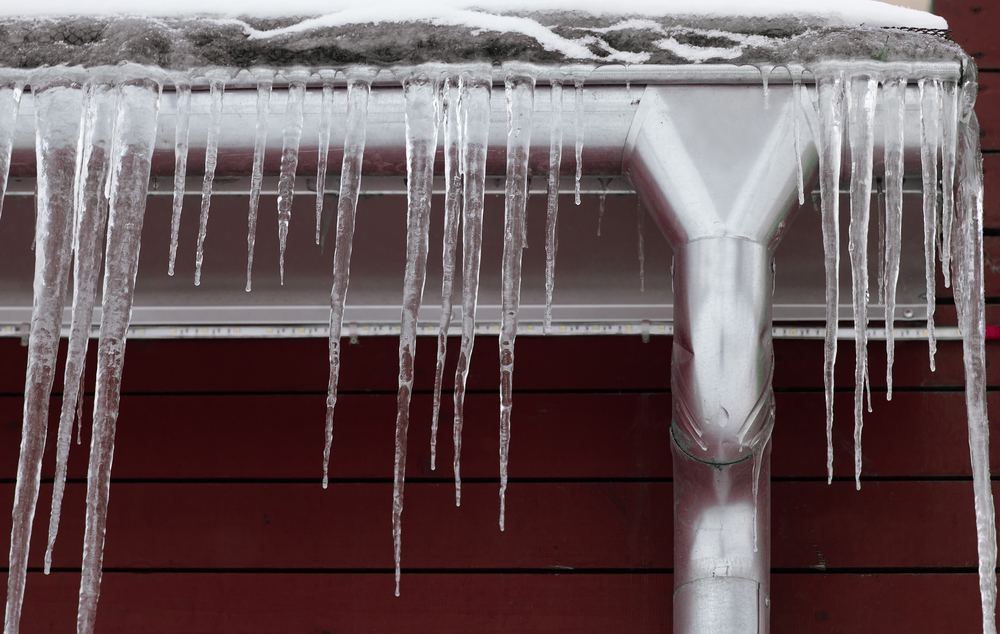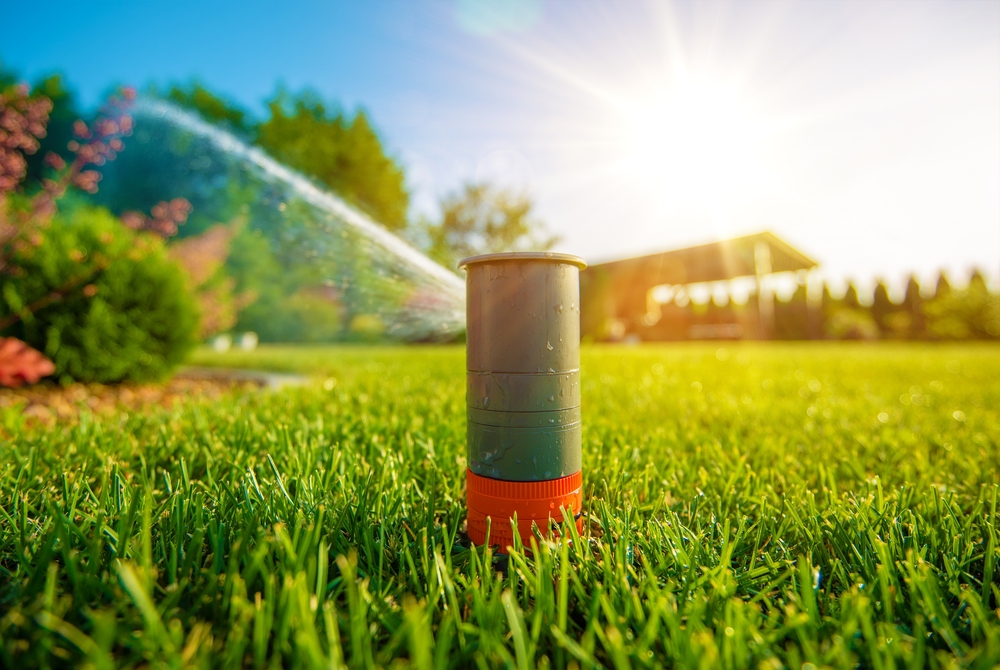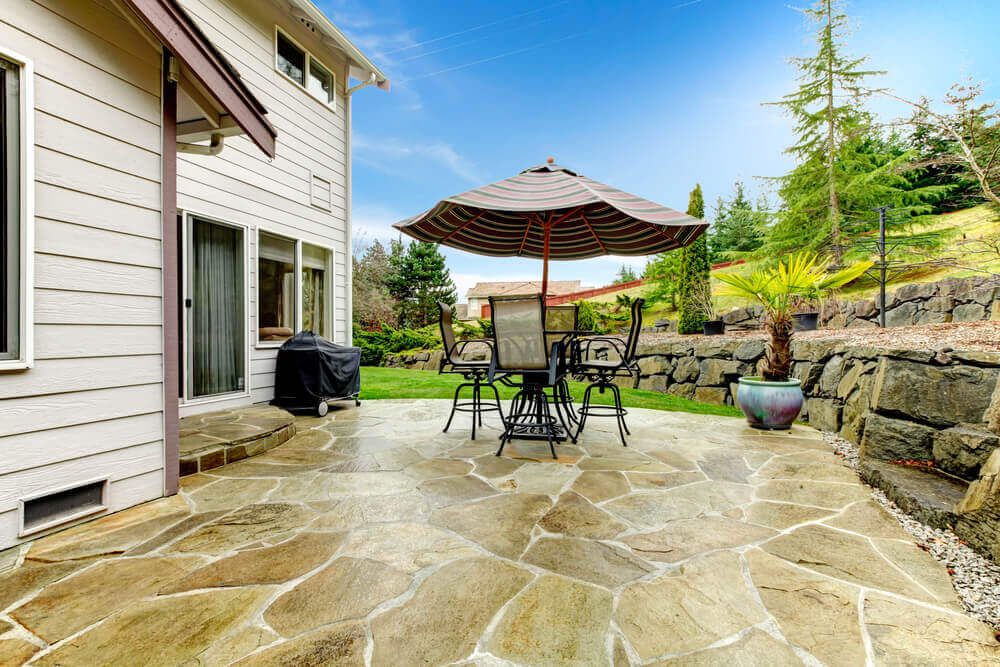Prepping for Severe Weather: The Home Depot Shares How to Prevent Frozen Pipes

Prevent frozen pipes with these simple recommendations from The Home Depot
Spring is almost here—but severe weather continues to span the nation, and the biggest March blizzard to date is expected to hit this week. When temperatures dip below freezing, homes are at risk of frozen water pipes if proper insulation and protection is not applied. Being proactive to ensure that pipes don’t burst and cause thousands of dollars in water damage is a good rule of thumb during the winter.
Most homes in warm-weather states are not as prone to freeze damage, but occasional bursts of cold weather can play havoc with exposed pipes in the attic and between peers and beams.
In recent years, home builders in the south have used flexible poly pipe water lines instead of copper, which has escalated in price. Instead of installing pipes in the concrete slab, some builders run them in attics. While their flexibility provides some freeze resistance over PVC piping, the lines should still be properly insulated, says Jeff Watson, Regional Pro Sales Manager at Home Depot.
“That’s a unique challenge in some of our southern states where the builder will run that pipe up through the attic versus having it buried in the slab,” he said. “If you’ve got a new home that’s being rented, and property management is working on that house, they might want to keep an eye out for those homes that have poly pipe up inside the attic, and run some insulation around those.”
Homes in northern states where freezing temperatures are more common usually have pipes buried in the ground. However, water lines exposed to the outdoors need special attention.
Here are 4 tips Watson recommends to prevent pipes from freezing:
1. Tubular pipe insulation, heat cables protect exposed indoor pipes
One of the most common ways to protect exposed indoor pipes is to wrap them in flexible tubular pipe insulation or with heat cables.
Exposed plastic or copper pipes accessible in attics and basements should be inspected and layered or blown insulation applied, Watson says. Also, short runs of pipe exposed under peer and beam foundations should be insulated.
Another option is to wrap pipes with a heat cable, which uses a low electrical current to warm the lines. A nearby outlet is usually only required. Other pipes can be wrapped with inexpensive tubular pipe insulation.
2. Inspect and cover outdoor faucets before temperatures drop
Watson recommends using hard faucet covers for all outdoor faucets or hose bibs around the home. A popular and inexpensive way to keep cold air out, the covers usually hook on the spigot and are tightened snug to the side of the house with a cord.
Also, Watson says a little extra attention may be needed for hose bibs that were capped when frost-proof sillcocks failed. Frost-proof sillcocks are common in northern states and provide extra protection in the walls between the outdoor faucet and interior of the home. However, over time they can leak. Watson said a common, inexpensive repair is to simply cap an outdoor leak, rather than remove and replace the sillcock in the wall. He said it’s important to protect all faucets that have been capped.
“When it gets cold out and the faucet isn’t protected, it can cause quite a bit of damage,” he said.
3. Turn on the heat in vacant homes to guard against freezing
For vacant homes awaiting rental, Watson says it’s a good idea to keep the heat on during the winter. The thermostat needs only to be set above freezing to prevent damage in most cases. Also, open cabinet and closet doors where pipes are visible to allow warmer air to flow through.
Another tip is to allow faucets to drip warm water slowly. Usually, the trickle will prevent water in the lines from freezing.
Also, installing water leak and freeze detectors near sinks, washers, water heaters, sump pumps and anywhere leaks can occur is a good defense, Watson says. The battery operated devices are Wi-Fi enabled and issue mobile and audible alerts via notifications and/or text messages when a leak is detected.
4. Older water heaters may need to be covered with insulated blankets
Older water heaters may require an insulated wrap or blanket when temperatures dip below freezing. Watson says that water heaters that are warm to the touch or not in use are candidates for a blanket.
Blankets typically cost $20-$25 and fit around the water heater. “For old water heaters, it might be worthwhile investing in one of those,” he said.







